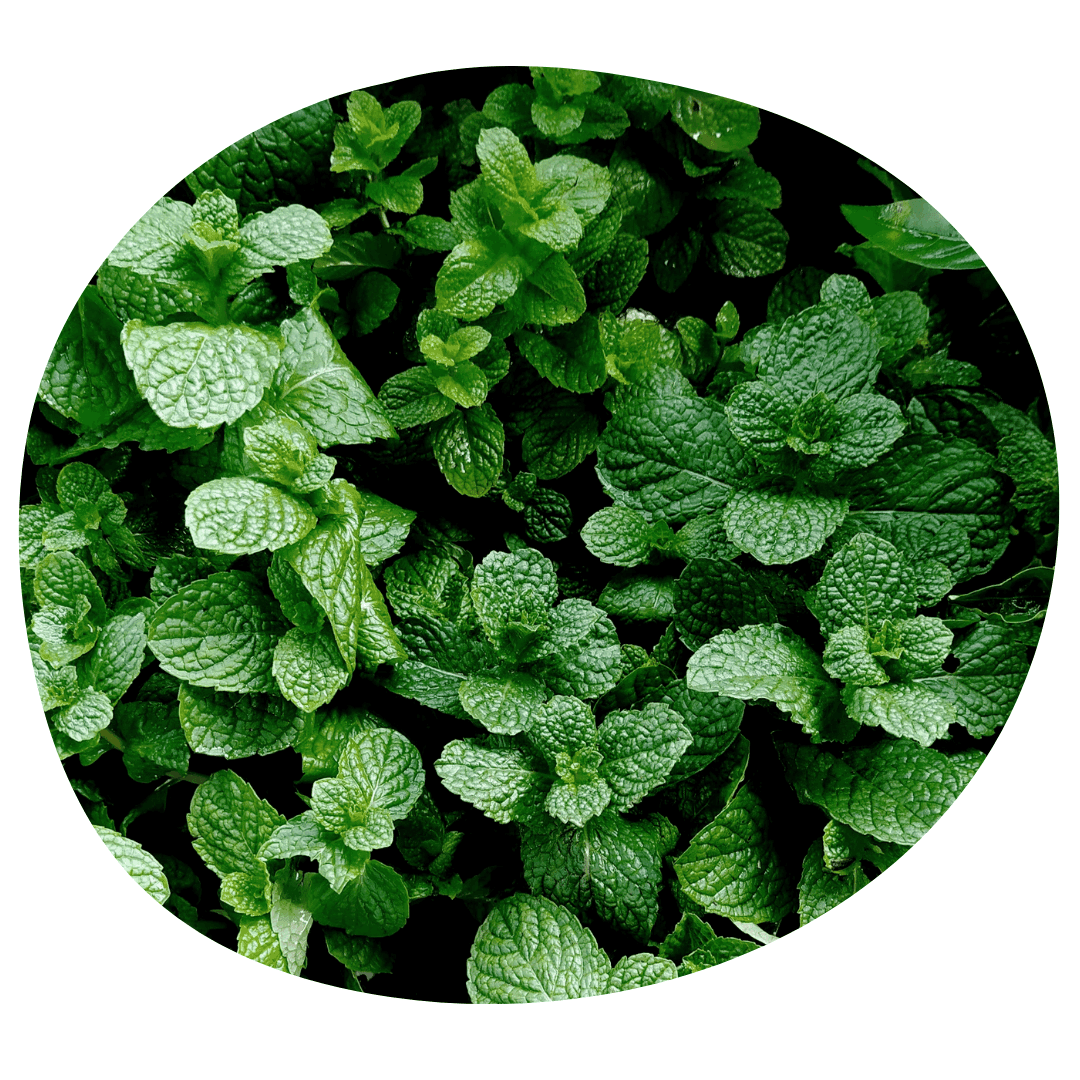How to Grow Mint
Growing Conditions
Mint is extremely easy to grow, maybe a little too easy! It should only be grown in containers as it spreads far and fast and will quickly become invasive in any garden bed. It's a fragrant perennial herb and is essential in any tea garden or herb garden. Mint grows best in full sun but can handle some shade, and it prefers light, well draining soil. The growth habit of mint is vigorous and it travels via runners, meaning it can easily creep into places where it's not wanted.
Starting
Start mint indoors 8 to 10 weeks before the date of your average last frost in spring, or direct sow outdoors into a container in late spring. Germination typically takes 10-14 days. Sow your seeds about 1/4“ deep and give each plant 24" of space if growing in raised beds. If growing in a container we recommend selecting one at least 10" in diameter with good drainage. Mint in containers can be moved indoors at the end of the growing season and kept on a windowsill through the winter.
Find our full guide to seed starting here.

Care
Mint is very low maintenance and requires little care. Soil in containers will dry out more quickly than garden beds during hot, dry periods, so check your soil often and water as needed. Watch for horizontal runners and prune them back to encourage upright growth. New mint plants can be easily propagated in water from cuttings. Mint grown in a container can be easily moved inside for the winter and grown on a sunny windowsill.
Pests and Diseases
Aphids - Small green, black, or brown insects that feed on the sap of garden plants. You'll find them under leaves, at blossom tips, and in the joints of stems.
Spider Mites - Tiny reddish brown insects that can be identified by the webbing they create around the leaves and stems of plants.
Powdery Mildew - White mildew on the top surfaces of leaves, starting as small spots and growing to cover the entire leaf.
Crop rotation, garden cleaning, and proper spacing between plants are the best ways to prevent problems caused by pests and diseases. Diatomaceous earth can be used to control crawling pest species, while sticky traps will catch flying pests. Row covers and insect netting can also prevent travelling pests from landing on your crops and causing damage. Ensure good drainage in your chosen planting spot to prevent problems with fungus and rot. Contact us for more specialized pest control methods such as beneficial nematodes.
Harvest
Cut back mint as needed throughout the season. Mint plants are very hardy and resilient and will grow back quickly. Young leaves have better flavour, so pick them often. Cut mint will keep for several days in the fridge or in water. Mint may also be dried in bunches and stored longer term in an airtight container.

